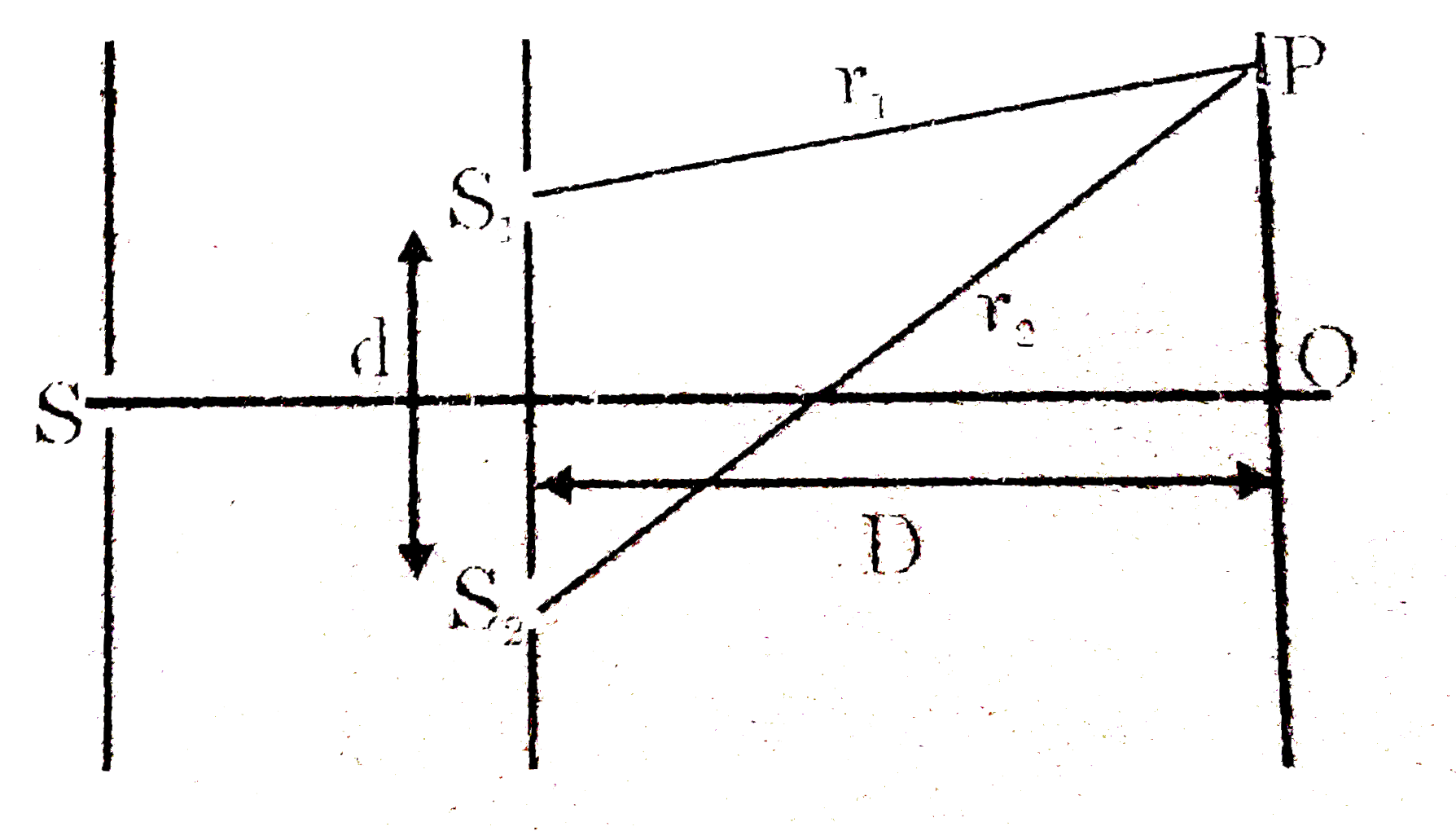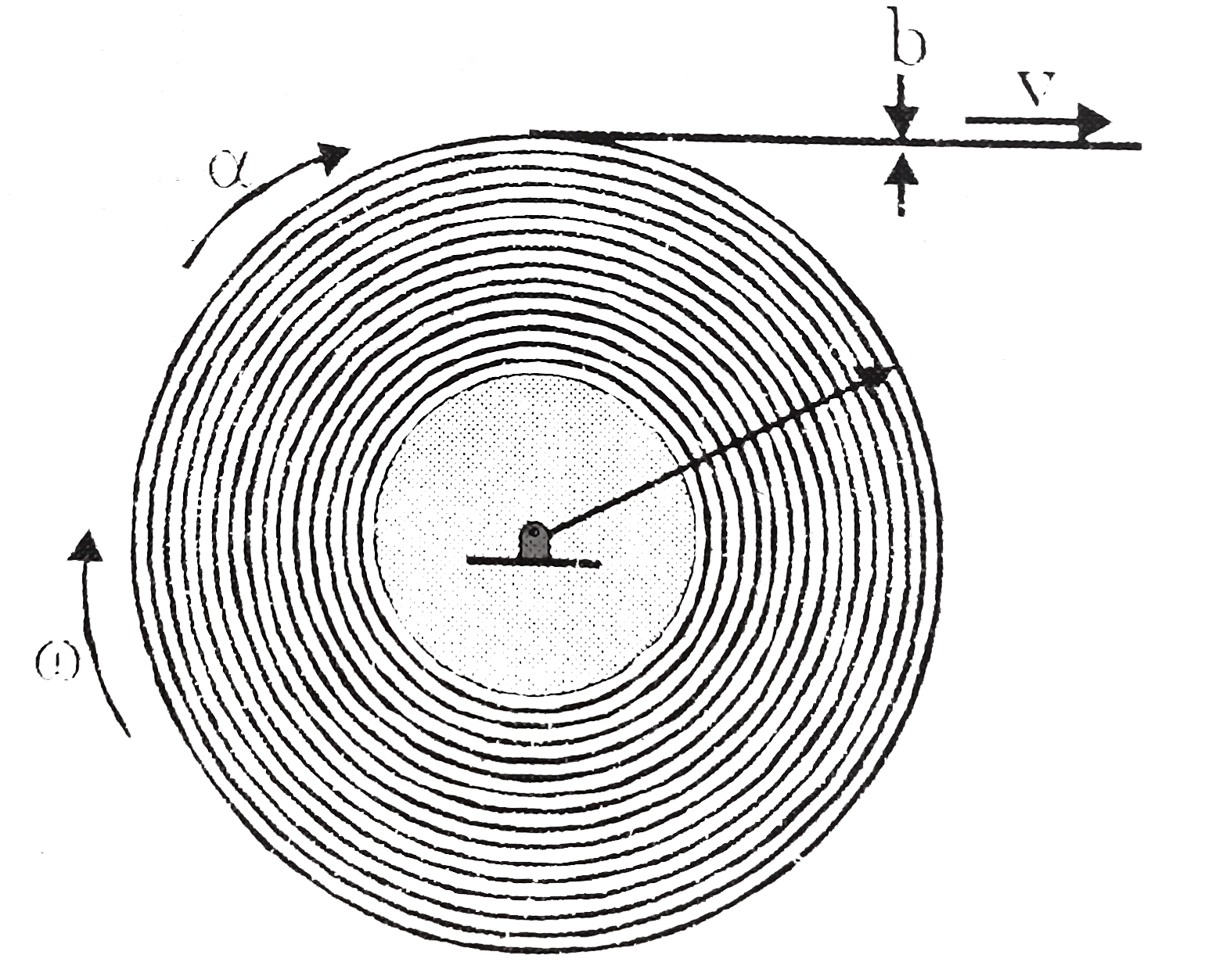An electromagnetic wave can be represented by E=Asin(kx−ωt+ϕ), where E is electric field associated with wave, According this equation, for any value of x,E remains sinusoidal for −∞<t<∞. Obviously this corresponds to an idealised situation because radiation from ordinary sources consists of finite size wavetrains. In general, electric field remains sinusoidal only for times of order τc' which is called coherence time. In simpler language it means that for times of order τc' a wave will have a definite phase. The finite value of coherence time could be due to many factors, for example if radiating atom undergoes collision with another atom then wave train undergoes an abrupt phase change or due to the fact that an atom responsible for emitting radiation has a finite life time in the energy level from which it drops to lower energy level, while radiating. Concept of coherence time can be easily understood using young's double slit experiment. Let interference patten is observed around point P at time t, due to superposition of waves emanting from S1 and S2 at times t=r1c and r2c respectively, where r1 and r2 are the distancesS1P&S2P. Obviously if r2−r1c<<τe,{where c=3×108m/s} then, wavetrain arriving at point P from S1 & S2 will have a definite phase relationship and an interference pattern of good contranst will be obtained.

If coherence time is of order 10−10 second and screen is placed at a very large distance from slits in the given figure, then:-Solution in Gujrati
central fringe (nearO) will always have a good contrast
As we move on the screen towards higher orders contrast will become poorer.
If we move S, parallel to S1S2 there will be no changes in contrast of fringes on screen around O
If we move on screen away from O, fringes will disappear beyond a certain limit.
The correct Answer is:C
Since coherence time is finite, as we move away from O, interfering waves will not be able to maintain a definite phase relationship for a appreciable time.
Topper's Solved these Questions
- TEST PAPERSBOOK - ALLEN CHAPTER - TEST PAPERSEXERCISE - part-2 physics
73 Videos
- TEST PAPERSBOOK - ALLEN CHAPTER - TEST PAPERSEXERCISE - part-2 physic
48 Videos
- TEST PAPERSBOOK - ALLEN CHAPTER - TEST PAPERSEXERCISE - PAPER 3
92 Videos
- TEST PAPER 4BOOK - ALLEN CHAPTER - TEST PAPER 4EXERCISE - PHYSICS
45 Videos
- UNIT & DIMENSIONS, BASIC MATHS AND VECTOR BOOK - ALLEN CHAPTER - UNIT & DIMENSIONS, BASIC MATHS AND VECTOR EXERCISE - Exercise (J-A)
7 Videos
Similar Questions
A bead is connected with a fixed disc of radius R by an inextensible massless string in a smooth horizontal plane. If the bead is pushed with a velocity v0 prependicular to the string, the bead moves in a curve and consequently collapses on the disc. Then

View SolutionIn a continuous printing process paper is drawn into the press at a constant speed v. Denoting by 'r' the radius of the paper roll at any given time and by 'b' the thickness of the paper. What is the angular acceleraion of the paper roll?

View SolutionA satellite S is moving in an elliptical orbit around the earth. The mass of the satellite is very small compared to the mass of the earth.
View SolutionTwo forces, each of magnitude F have a resultant of the same magnitude F. The angle between the two forces is
View SolutionMatch List I with List II and select the correct answer using the codes given below the lists :

View SolutionAn electromagnetic wave can be represented by E=Asin(kx−ωt+ϕ), where E is electric field associated with wave, According this equation, for any value of x,E remains sinusoidal for −∞<t<∞. Obviously this corresponds to an idealised situation because radiation from ordinary sources consists of finite size wavetrains. In general, electric field remains sinusoidal only for times of order τc' which is called coherence time. In simpler language it means that for times of order τc' a wave will have a definite phase. The finite value of coherence time could be due to many factors, for example if radiating atom undergoes collision with another atom then wave train undergoes an abrupt phase change or due to the fact that an atom responsible for emitting radiation has a finite life time in the energy level from which it drops to lower energy level, while radiating. Concept of coherence time can be easily understood using young's double slit experiment. Let interference patten is observed around point P at time t, due to superposition of waves emanting from S1 and S2 at times t=r1c and r2c respectively, where r1 and r2 are the distancesS1P&S2P. Obviously if r2−r1c<<τe,{where c=3×108m/s} then, wavetrain arriving at point P from S1 & S2 will have a definite phase relationship and an interference pattern of good contranst will be obtained.

If coherence time is of order 10−10 second and screen is placed at a very large distance from slits in the given figure, then:-
View SolutionThe electric vector vibration of an electromagnetic wave is given by E=(50NC−1)sinω(t−xc), The intensity of the wave is
View SolutionGiven magnetic field equation is B= 3xx10^(-8) sin (omega t +kx +phi)hatj then appropriate equation for electric field (E) will be :
View SolutionElectric field and magnetic field of an electromagnetic wave advance as sinusoidal waves. Instead of being sinusoidal, if these fields had been different periodical waves, state whether any electromagnetic wave would have been formed or not.
View SolutionMagnetic field of an electromagnetic wave is vecB=12 x 10^(-9) sin(kx - omega t)hatk (T). The equation of corresponding electric field should be
View Solutionelectric field intensity of electromagnetic wave is represented as follows : E= ( 100 N//C ) sin ( kx - omega t) Calculate intensity of electroamgnetic wave .
View SolutionThe electric field of an electromagnetic wave travelling through vacuum is given by the equation E=E_(0) sin (k x - omega t) . The quantity that is independent of wavelength is
View SolutionStatement I: Electric and magnetic fields satisfy the wave equation, which can be obtained from Maxwell's third and fourth equation (del^(2)E)/(del x^(2))=mu_(0) epsilon_(0)(del^(2)E)/(del t^(2)) and (del^(2)B)/(del x^(2))=mu_(0) epsilon_(0)(del^(2)E)/(del t^(2)) Statement II: The electric and magnetic fields of sinusoidal plane e.m. waves in the positive x-direction can be written as. E=E_(0) sin(kx - omega t) B=B_(0) sin(kx - omega t)
View SolutionThe amplitude of the electric field component of an electromagnetic wave is increased from E to 4 E. What is the corresponding change in the intensity of the wave ?
View SolutionElectric field of electromagnetic wave is represented by E = 50 sin (omega t -(x)/(c ))NC^(-1) . Intensity of wave is ….. Wm^(-2) .
View Solution
